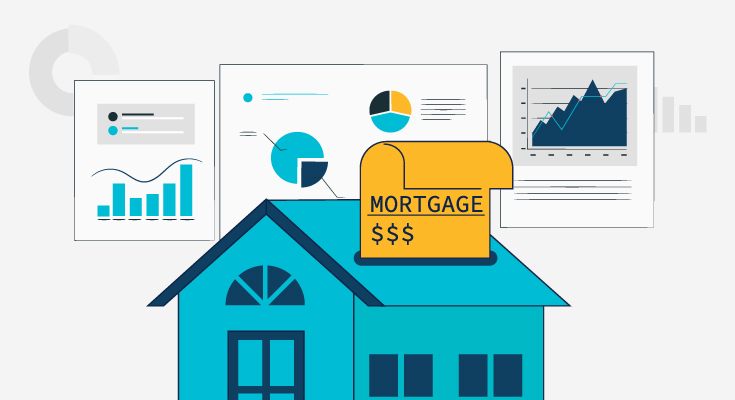The idea of the digital economy has been around for a long time, but the Covid-19 pandemic finally pushed the idea into a reality. Several businesses have made the idea possible by launching digital financial products and services. Before the pandemic, online payments were becoming highly famous among customers. Cash payments have been steadily declining since the year 2000, falling by around 10% every year, and the pandemic completely changed the process. According to industry experts, cash transactions will be eliminated in the next decade.
However, traditional banking alternatives to cash still contain huge fees and inefficient practices. However, businesses are finding that traditional banking alternatives to cash aren’t equipped to deal with the modern instant economy and digitally demanding customers.
Customers want a financial system that will allow them to send and receive money instantly and without much hassle. Leading more businesses to place more value on the online payment model.
Open banking APIs allow businesses of all kinds to set up their own payment methods outside of traditional banking services. Open banking APIs leverage customer data, so they allow businesses to tailor build digital financial products and services for customers.
What are APIs and Their Value?
An API is software that allows two different applications to communicate with each other. One of the biggest and most common examples of APIs are food delivery apps or ride apps like Lyft, which offer customers an option for making payments inside the app. In the long run, it helps in improving customer experience.
For the customers, the online payment process becomes fairly simple and it’s all possible due to APIs.
As the banks themselves aren’t equipped enough to handle online payments, this leads to slow payments, expensive transfer fees, and a completely inefficient process. After all, banks don’t have the technical prowess to handle growing customer demands.
This is where open banking APIs come in. An API (Application Programming Interface) acts as a third party between accounts. APIs are specifically designed to offer a better online payment experience for customers.
Benefits of APIs
As customers are becoming more digital-friendly, they want more options for online payments. For banks and other financial institutions to keep up with customers’ demands, they need a seamless and secure payment method.
As traditional banking methods are expensive and inefficient, non-banks and FinTechs can struggle to find a payment infrastructure that can meet their customers’ expectations. Fortunately, open banking API can fix this problem by offering benefits such as:
1. Faster Payments
API software can support regulatory and operational tasks of plugging into payment schemes meaning that they can make online payments faster compared to banking methods.
Businesses will be able to receive and make payments instantly, instead of waiting for days for a payment to be confirmed.
2. Faster Settlement & Reconciliation
APIs can make for better payment settlement, so accounts and debts are settled quickly. This means users are aware of their account activities at all times. This is coupled with faster reconciliation, so accounts show all the activities in real-time, ensuring better financial management.
3. Enhanced End-to-End Payment Experiences
The embedded payment feature reduces the need for customers to enter their financial details over and over again. APIs allow businesses to provide seamless online payment which can support customer needs. And, as the user’s accounts are never in direct contact with the bank’s servers, APIs offer an extra level of financial security compared to traditional payment methods.










